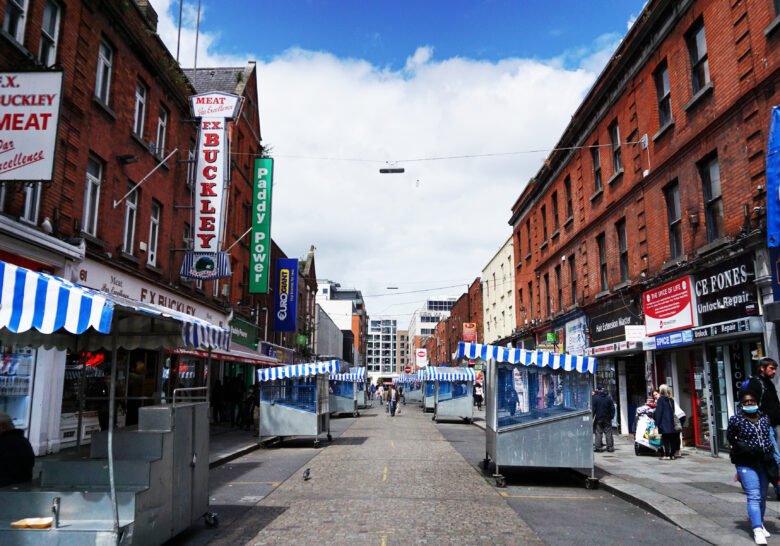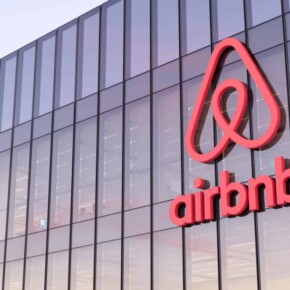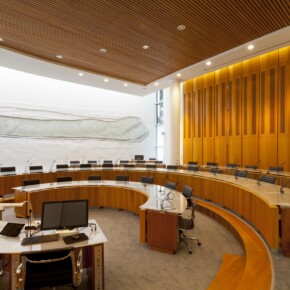Moore Street buildings may be added to list of protected structures
Gary Ibbotson 22 Apr 2022
Further historic buildings on Moore Street may be added to the list of protected structures after councillors voted to recommend the move last week.
Local representatives agreed that six buildings on the street should be added to the list during this month’s Central Area Committee meeting.
A report, which was drafted by council planners, recommended that 10, 20, and 21 Moore Street as well as 4 to 8 Henry Place and 17 and 18 Henry Place be added to the register.
It also suggested protecting the shared wall between 12 and 13 Moore Street.
When a building is added to the record of protected structures the owner is required to conserve the building and any proposed changes must be first approved via planning permission.
The council can vote to add any building to the list of protected structures if it deems it historically, architecturally, culturally, or socially important.
The recommended addresses were all used heavily by the Irish volunteers during the 1916 Rising and were the site of historically significant battles.
The walls between 12 and 13 Moore Street should also be protected because the rebels cut holes into them, the report says, allowing them to sneak between buildings without being spotted.
“Creeping through holes into bedrooms, then downstairs and through another opening into sitting-rooms, through shops and finally to our resting place for the night,” wrote volunteer Feargus de Búrca in his witness statement, the council says.
Discussions about protecting structures on Moore Street first began back in 2015 when the council agreed to a motion requesting that several buildings be assessed for safeguarding.
In June 2021, councillors agreed that all the buildings between 10 Moore Street and 25 Moore Street should be assessed.
However, senior planner for the council Paraic Fallon said that some of the buildings included in the report should not be protected.
He says that some of the buildings have been fully rebuilt since the Easter Rising and the council should focus on protecting buildings that “were intact at the time of the rising”.
Fallon says that 10 Henry Place was significantly damaged “with one claim describing that the front parlour of the building had been blown-in by shellfire.”
However, he says that 10 Henry Place was a “ruin” in 1917.
He also said he does not recommend adding 11 Moore Street to the record of protected structures.
“While the plot at 11 Moore Street has historical, cultural and social significance, due to its connection with the rising, the building now there bears no relationship to that building,” Fallon said.
Some councillors said they disagreed with Fallon’s assessment and wished to protect the site of the battlefield regardless of the age of the structures.
“How do we protect the site?” Independent councillor Nial Ring said.
“Because it is a battlefield site.”
Councillors agreed to invite city planner John O’Hara to the next Central Area Committee meeting to discuss the proposal further.
Large parts of Moore Street and the surrounding area are subject to planning permission by UK developers Hammerson who wish to redevelop the street.
Under the plans, 10, 20, and 21 Moore Street would be retained as is, however, a local activist group says the developers plans do not go far enough in protecting the historical significance of the site.











